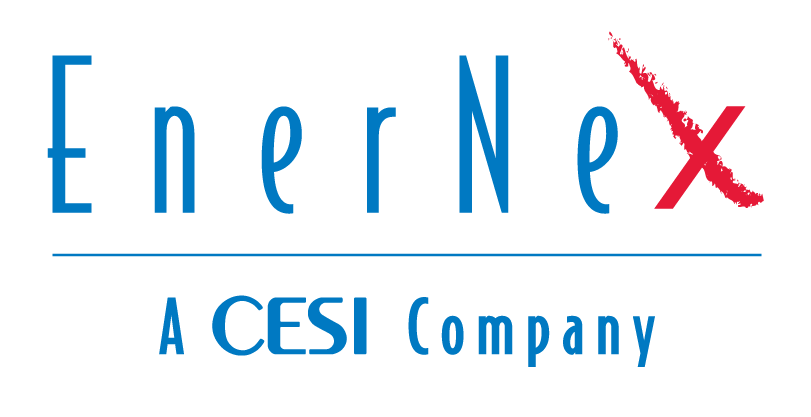EnerNex Advances Utility of the Future Vision at DistribuTECH 2016
As energy storage and other distributed energy resource deployments increase, EnerNex forecasts major changes in the planning and operation of the grid
Knoxville, Tenn., USA, February 9, 2016 — EnerNex, an electric power research, engineering and consulting firm, again plays a major role at DistribuTECH 2016, one of the leading transmission and distribution trade shows in North America. The conference is February 9-11, 2016 in Orlando, Florida.
Moderated SCE’s Grid Modernization Panel
Prior to the start of the conference, EnerNex moderated a panel session, “Modern Grid, Modern Capabilities,” on behalf of Southern California Edison (SCE) to discuss the essential grid technology capabilities and roll-out of SCE’s Grid Modernization program. EnerNex has significant representation on SCE’s architecture team, which includes the ‘best of the best utility systems architects,’ in support of the utility’s Grid Modernization Architecture effort.
The session provided insight into the concept of a Grid Management System and the underlying principle architecture necessary for key capabilities to support SCE’s vision of an adaptable, extendable and standards driven infrastructure. The panel discussed a number of key grid technology capabilities needed in the near future by SCE and other utilities that are facing rapid growth in Distributed Energy Resources (DER) and operational complexity. EnerNex is further developing and deploying these concepts in other utility projects.
DistribuTECH involvement
The firm is presenting and exhibiting at DistribuTECH. EnerNex experts will speak at general sessions, and give in-booth presentations (booth #1836) on the show floor at the Orange County Convention Center.
Erich Gunther, EnerNex CTO:
- February 9, 1:00-2:30pm EST: Panelist, Advanced Metering 360: Global Trends and Industry Perspective
- February 9, 3:00-4:30pm EST: Session chair, Utility-owned Microgrid Best Practices
Grant Gilchrist, Principal Consultant, Smart Grid Engineering Team
- February 10, 10:00-11:30am EST: Panelist, Deploying Secure DNP3 (IEEE 1815) – What You Need to Know
Building Toward the Utility of the Future
“With DER systems on the rise, utilities are developing new business models and operations practices to facilitate and accommodate new generation and energy storage technologies. We’re at the forefront of rethinking the utility business model and creating frameworks for the future,” said EnerNex CTO and co-founder Erich Gunther. “In 2016 we look forward to working alongside utilities to lead and implement this next generation of system design building toward the utility of the future.”
EnerNex is involved with a number of activities focused on the utility of the future including, its work with Smart Grid Interoperability Panel’s (SGIP) Conceptual Architecture; The Centre for Energy Advancement through Technological Innovation’s (CEATI) Distribution Utility Technology Roadmap reports; Gridwise Architecture Council (GWAC) on transactive energy; Electric Power Research Institute (EPRI) and the Integrated Grid.
For more information on SCE’s Grid Modernization program or EnerNex work:
- Visit EnerNex booth #1836 at DistribuTECH.
- Join an upcoming complimentary EnerNex webinar on March 3 at 2:00pm EST for a recap of SCE’s Grid Modernization program, as well as the latest developments of industry activities helping to advance the vision of the utility of the future. Click here to register.
###
About EnerNex
EnerNex, established in 2003, provides research, engineering and consulting services, for the electric power industry. EnerNex focuses on providing services around the development and application of new and emerging electric power technologies to engineer a cleaner, smarter energy system of the future.
- For more information on EnerNex, visit us on the web, http://enernex.wpengine.com.
- Follow us on Twitter @EnerNex.
- Subscribe to our blog.

